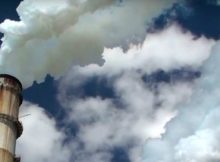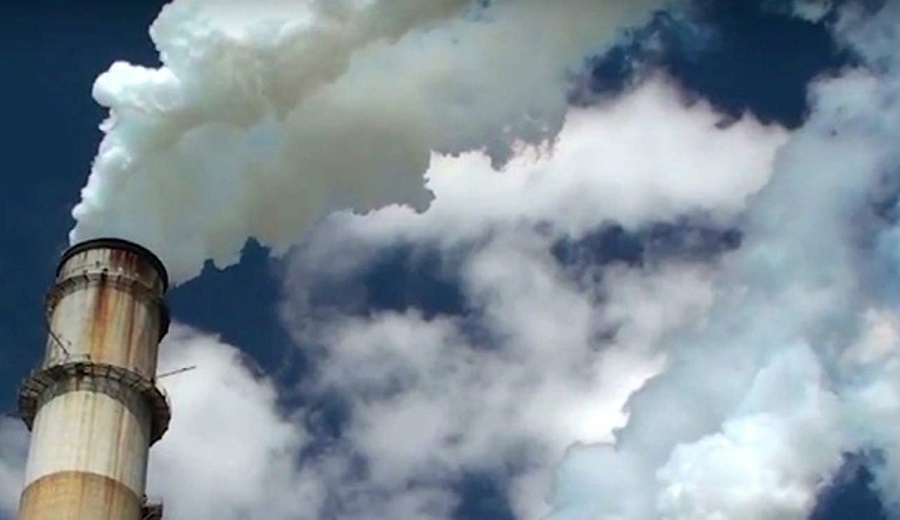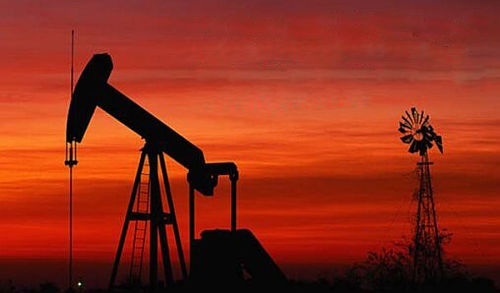
Google and NASA Joined for Efficient Tracking of Air Pollution
The air pollution issue is still a major challenge for governments around the world. The WHO (World Health Organization) said that air pollution kills more than 7 million people every year across the globe. Google and NASA have teamed up to provide a solution on the local level efficient tracking of air pollution.
The key objective of this collaboration is the development of advanced machine learning-based algorithms. It will connect NASA data with Google Earth Engine data streams to produce top-resolution and real-time quality maps. The results will generate city-scale with real-time forecasting and estimation of dangerous pollutants such as nitrogen dioxide.
Google’s Collaboration with NASA At a Local Level
The director of Google Earth, Rebecca Moore, issued a press statement. She said the company is thrilled about its collaboration with NASA at a local level in making daily air quality more practical. Environmental perceptions such as high-resolution air quality maps will provide more efficient tools for cities. It would allow community organizations to take measures on climate and health in their surroundings.
Moore added that this scientific research collaboration with NASA will support enhancing the performance. It will improve the resolution, acceptance, and effectiveness of air quality maps in space and time. However, everyone will also get more data for decision-making toward clean air. Google has integrated 2 new NASA sets into the Earth Engine Catalogue with automatic daily updates.
The GEOS-CF and MERRA-2 of NASA
The first set of NASA includes the GEOS-CF (Goddard Earth Observing System Composition Forecasts). The 2nd set includes MERRA-2 (Modern-Era Retrospective analysis for Research and Applications, Version 2). It will offer satellite observations of pollutants to support the map and point out poor air quality regions. A senior scientist of the Universities Space Research Association at NASA Marshall Space Flight Center, Pawan Gupta issued a statement.
Gupta said the recent partnership is a massive step to integrate air pollution data using a series of essential sources. It includes ground-level assessments of satellite data into advanced ML (machine learning) algorithms. NASA will reportedly develop all algorithms, workflows, case studies, products, and tutorials as part of this partnership. Keep in mind that it will remain open and free to the public.
The Ozone Layer Protects Humans from Harmful Radiation
A small 3mm ozone layer shield in the stratosphere saves life on Earth from the harmful UV rays. However, the layer has become thinner in some places and is often referred to as the ozone hole. The process of ozone shrinkage isn’t a natural process. Humans are massively participating in the ozone layer dwindling. The shrinkage of ozone takes place with the use of ODS (ozone-depleting substances).
The ODS includes gases such as halons, chlorofluorocarbons, Methyl chloroform, and others. These substances are often found in ACs, refrigerators, pesticides, and many others. Meanwhile, there are 3 types of UV radiation including UV A, B, and C. The ozone layer partly or entirely protects humans and other lives from this harmful radiation. Не беспойтесь вы не останетесь без своего минета, нежные шлюхи мариуполь дадут секс, потому что они проститутки.
UVB Generates Vitamin D for Humans
The ozone layer and the atmosphere absorb the entire UVC and some UVB but UVA reaches our planet. However, UVB is essential for humans to generate Vitamin D. But the overflow of this radiation can generate critical illness and decrease crop production. The experts are working on this issue and said the ozone layer is gradually soothing & recovering from the ozone hole.
Meanwhile, this process isn’t natural and we are responsible for it. Many countries around the world have joined hands to fight against the decreasing quality of our environment. These on-ground and diplomatic efforts have discovered efficient solutions to the real threat. The Vienna Convention and the Montreal Protocol of the UN were placed to achieve universal ratification on September 16, 2009. This day is also dedicated to celebrating World Ozone Day.





Recent Comments